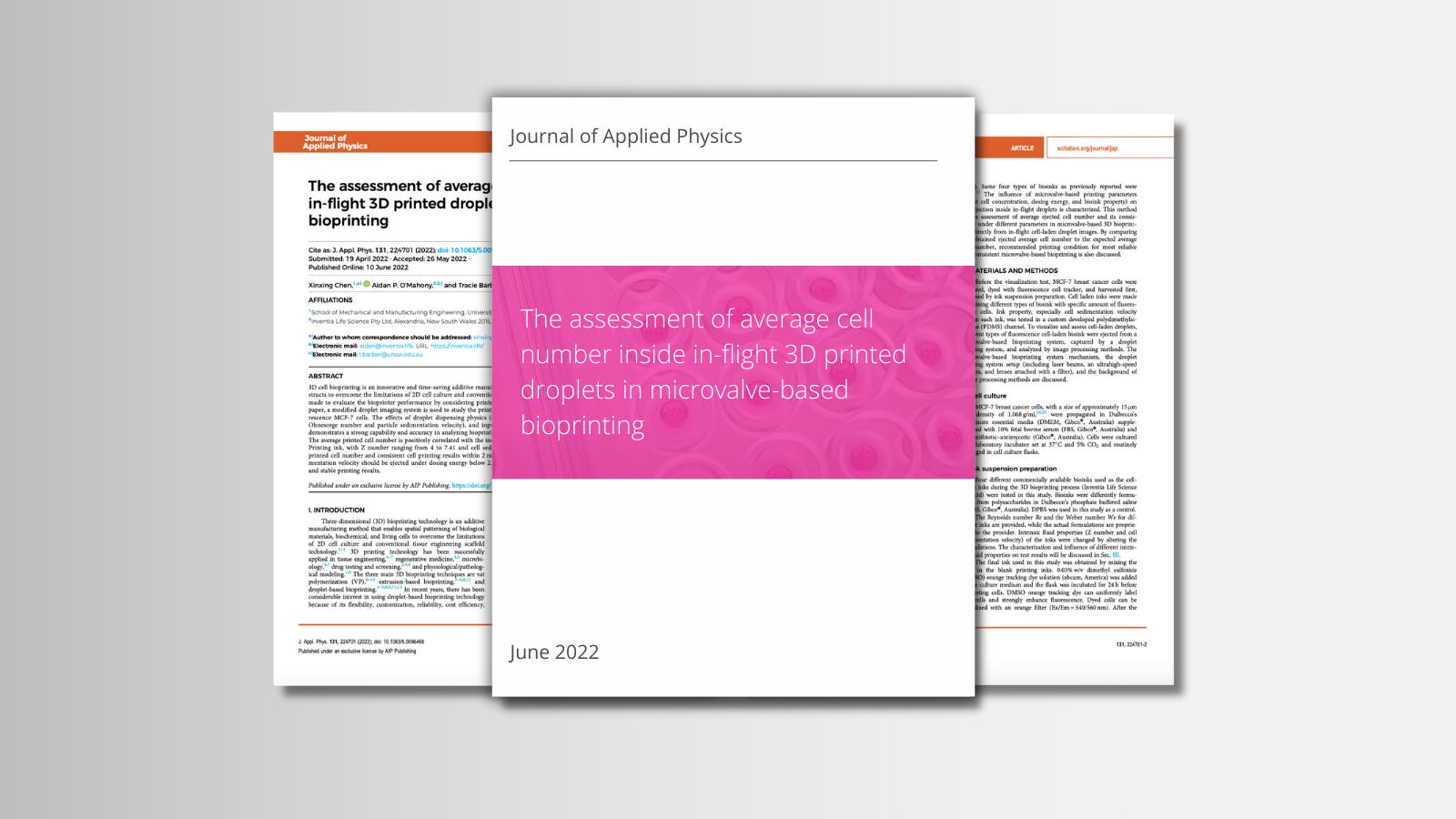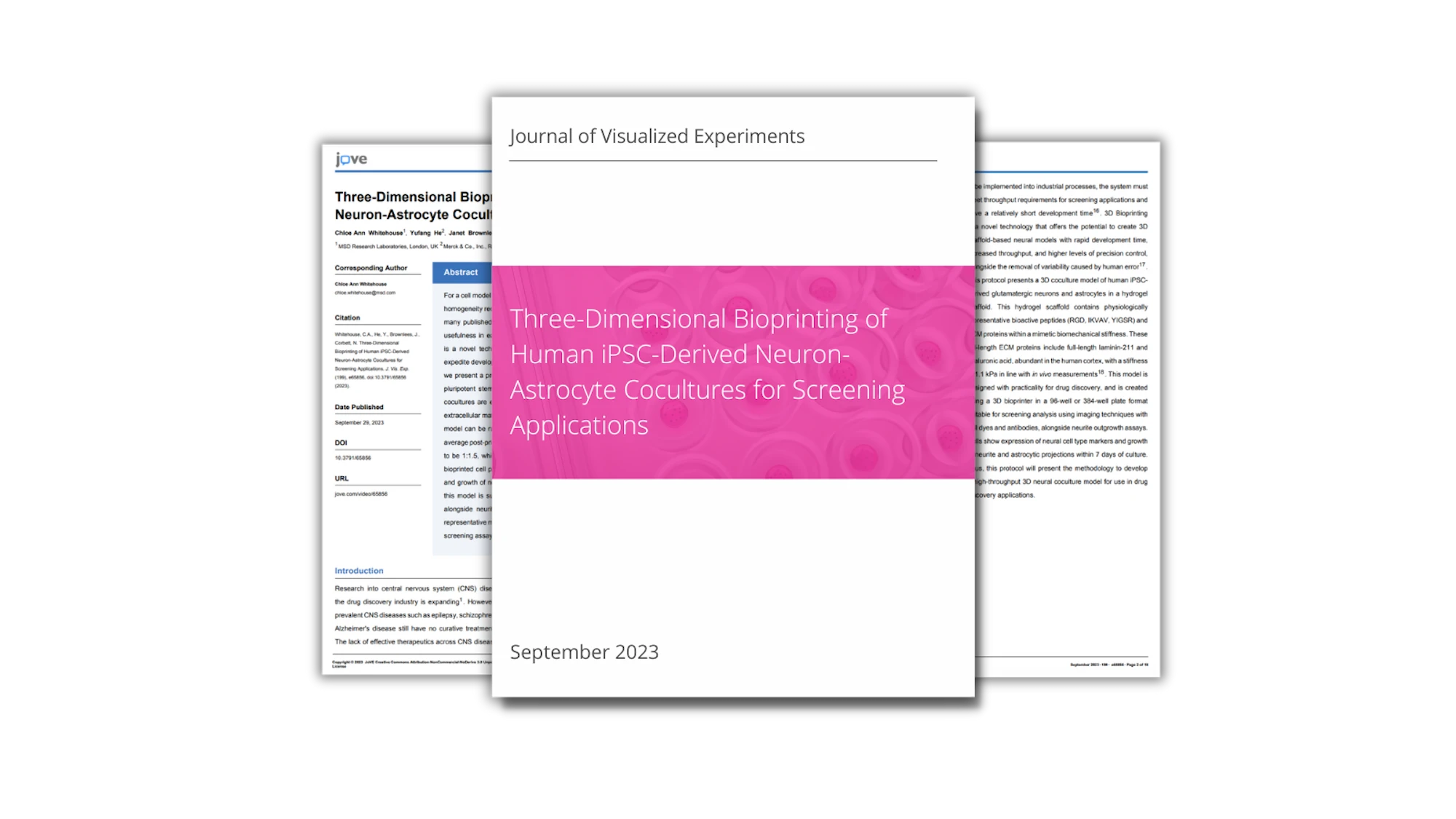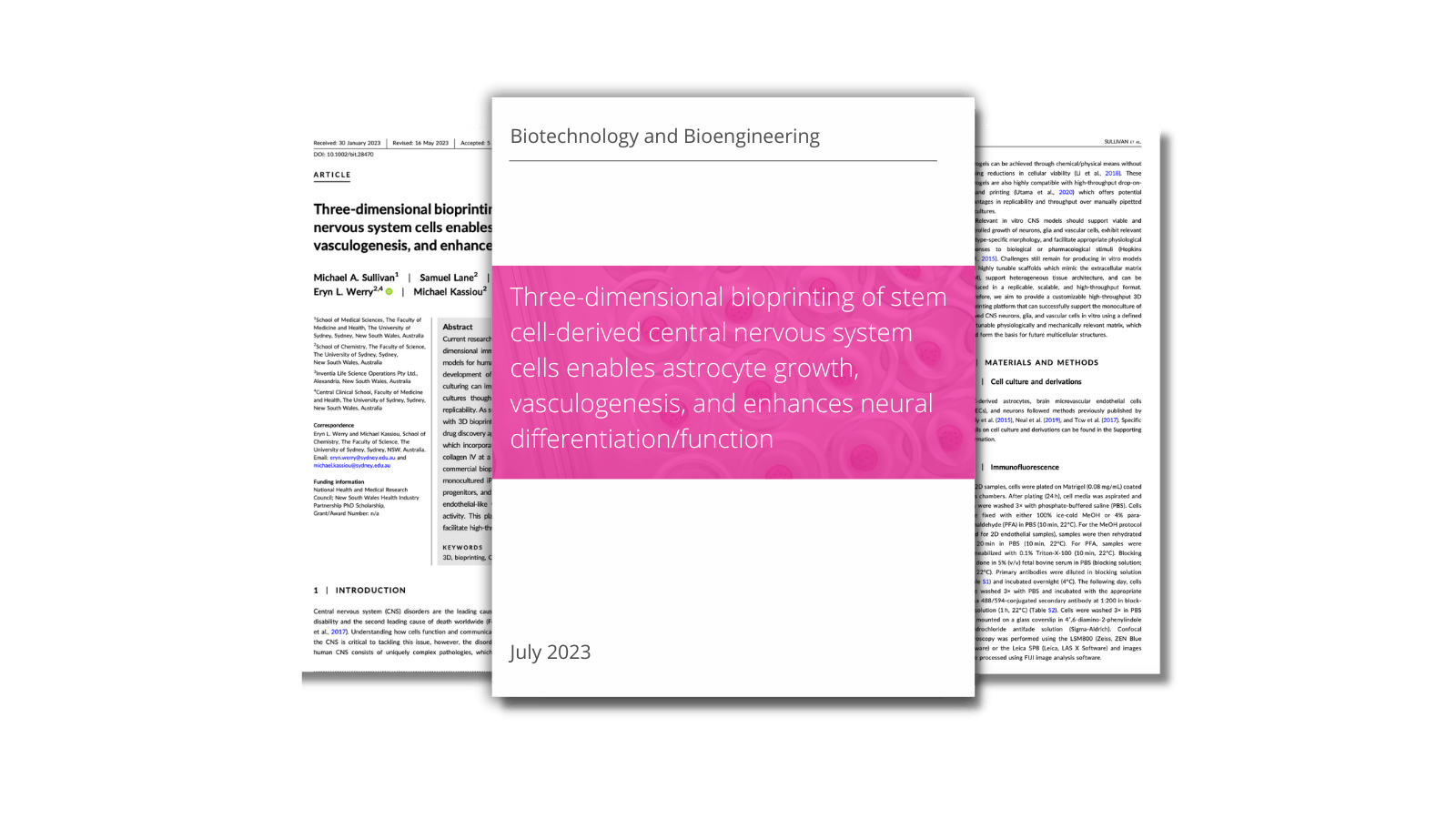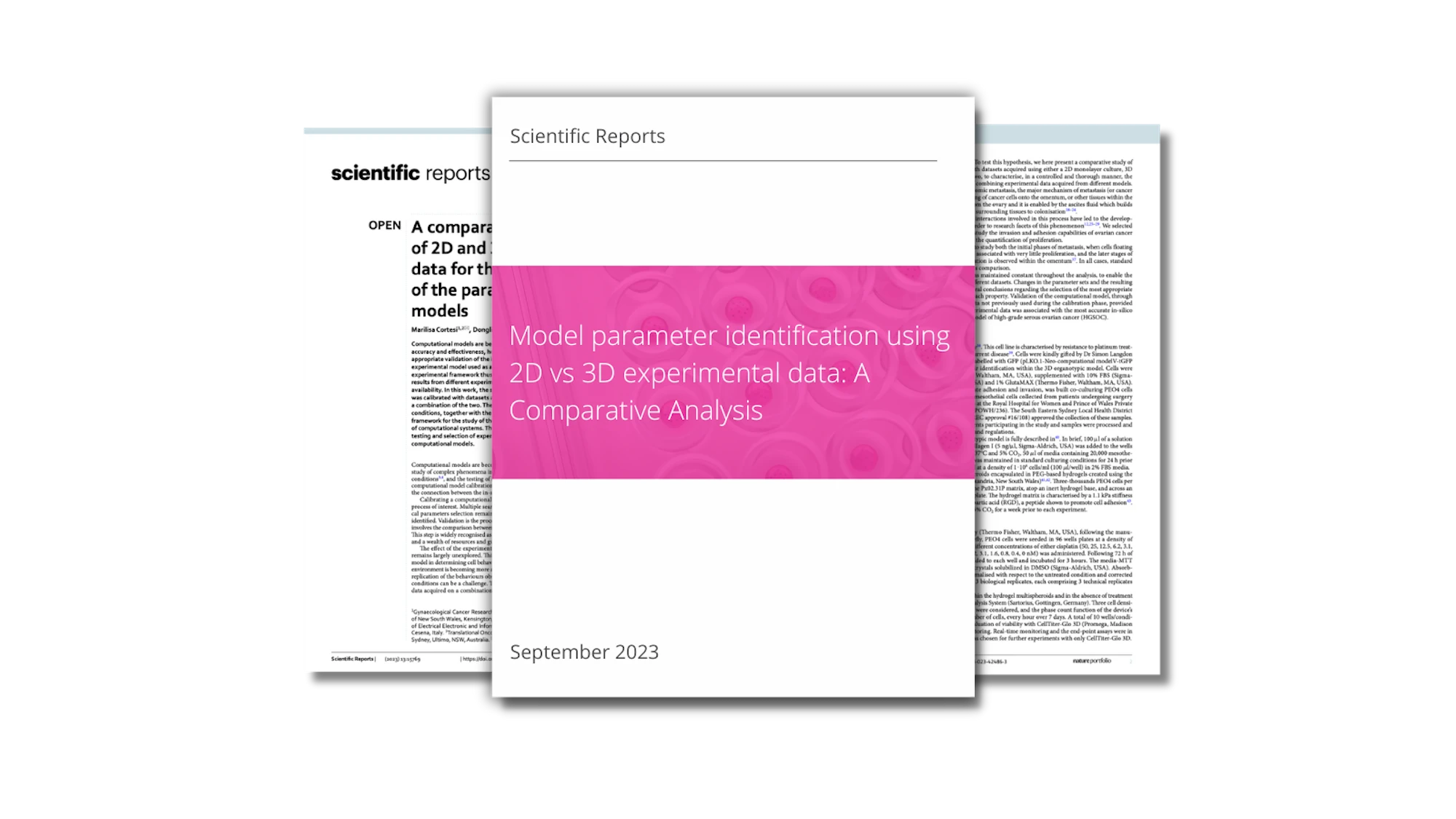
The assessment of average cell number inside in-flight 3D printed droplets in microvalve-based bioprinting
Abstract
3D cell bioprinting is an innovative and time-saving additive manufacturing technology; it precisely generates complex cell-laden constructs to overcome the limitations of 2D cell culture and conventional tissue engineering scaffold technology. Many efforts have been made to evaluate the bioprinter performance by considering printed cell number and the consistency of printed cell number. In this paper, a modified droplet imaging system is used to study the printing performance for a micro-valve-based 3D bioprinter using fluorescence MCF-7 cells. The effects of droplet dispensing physics (dosing energy 𝐸𝑑), ink properties (Z number—the inverse of the Ohnesorge number and particle sedimentation velocity), and input cell concentration are considered. The droplet imaging system demonstrates a strong capability and accuracy in analyzing bioprinting performance for printed cell density less than 300 cells/droplet. The average printed cell number is positively correlated with the increasing input cell concentration, dosing energy, and printing time. Printing ink, with Z number ranging from 4 to 7.41 and cell sedimentation velocity at 9.45 × 10^−8 m/s, can provide the estimated printed cell number and consistent cell printing results within 2 min printing time. Printing inks with higher Z number or cell sedimentation velocity should be ejected under dosing energy below 2.1 La and printed right after filling the reservoir to achieve reliable and stable printing results.


